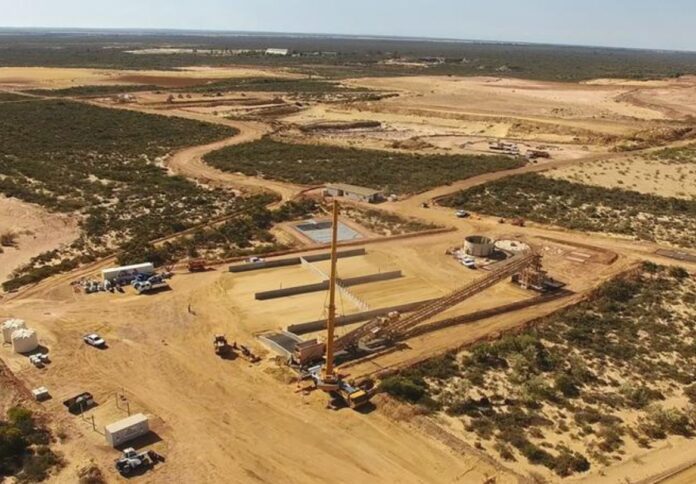Australia’s resources and energy export earnings are forecast to normalize over the next two years as commodity prices return to long-term levels following the price spike after Russia invaded Ukraine.
The June 2024 Resources and Energy Quarterly (REQ) from the Department of Industry, Science and Resources estimates export earnings of $417 billion in the year to 30 June 2024.
This is in line with the March 2024 REQ forecast but down from the record $466 billion enjoyed in 2022–23, the government said in a media release.
Export earnings are forecast to ease further to $380 billion in 2024–25 and $356 billion in 2025–26, after which commodity prices start to level out.
The forecasts for the outlook period are a moderate improvement on the March 2024 REQ forecasts.
Commodity prices are now returning to normal levels as global supply steadily improves after Russia invaded Ukraine.
Export volumes across most major commodities remain strong, demonstrating that demand remains resilient for Australia’s resources exports.
Minister for Resources and Northern Australia Madeleine King said the forecasts showed gains in export volumes, underlining how the sector continued to underpin Australia’s economy and support more than a quarter of a million direct jobs, many in regional areas.
“This data shows the resources industry remains the bedrock of our economy and our economic wellbeing,” Minister King said.
“Our iron ore and LNG exports also continue to support the energy security of our major trading partners.
“Importantly, we are seeing strong demand for the critical minerals and strategic materials needed for low-emissions technologies, including lithium, nickel, copper, and aluminium.
“The forecasts underscore the need to support growth in our emerging critical minerals sector, which the Albanese Government will deliver through a Production Tax Credit for critical minerals.”
The June REQ forecasts a modest improvement in nickel prices after the world market was hit by a significant increase in supply from Indonesia.
Global demand is forecast to grow by 3.6 per cent over the coming two years. However, Australian nickel export earnings are forecast to fall from $3.5 billion this year to $2.3 billion in 2024–25 and $1.5 billion in 2025–26.
Iron ore remains Australia’s top commodity export. The June 2024 REQ forecasts lower prices over the next two years, although volumes are forecast to increase by 2.3 per cent a year.
Exports are forecast to earn $138 billion in 2023–24, $114 billion in 2024–25, and $102 billion in 2025–26.
Australia’s LNG export revenues are forecast to decline from $69 billion in 2023–24 to $59 billion by 2025–26 due to lower world prices after the record highs of 2022.
Export volumes are expected to decrease slightly from a strong level in 2022–23.
Gold exports are expected to earn a record $33 billion in 2023–24, easing to around $31 billion in 2025–26. Gold prices have risen in 2024 on the back of strong demand from investors and central banks, supported by the prospect of lower global interest rates, geopolitical tensions, and worries over China’s property market.
Australia’s copper exports are forecast to rise from $12 billion in 2023–24 to $17 billion in 2025–26 due to higher prices as a result of an improved manufacturing outlook in China and a ban on Russian metals on the London Metals Exchange and COMEX commodity exchange.
Australia’s combined thermal and metallurgical coal export earnings are forecast to fall from $90 billion in 2023–24 to $70 billion by 2025–26 due to global prices easing from the 2022 energy price spike.
The June 2024 Resources and Energy Quarterly is available on the Department of Industry, Science and Resources website.



















